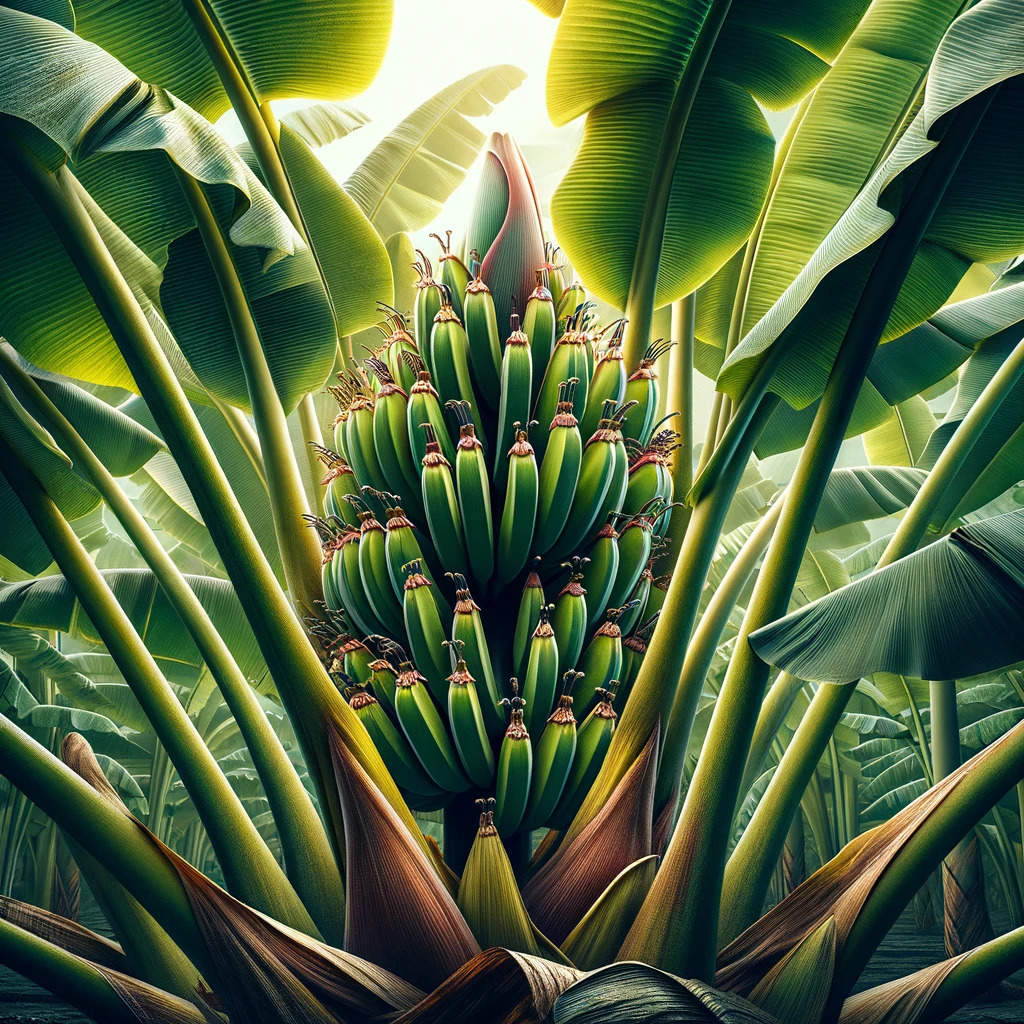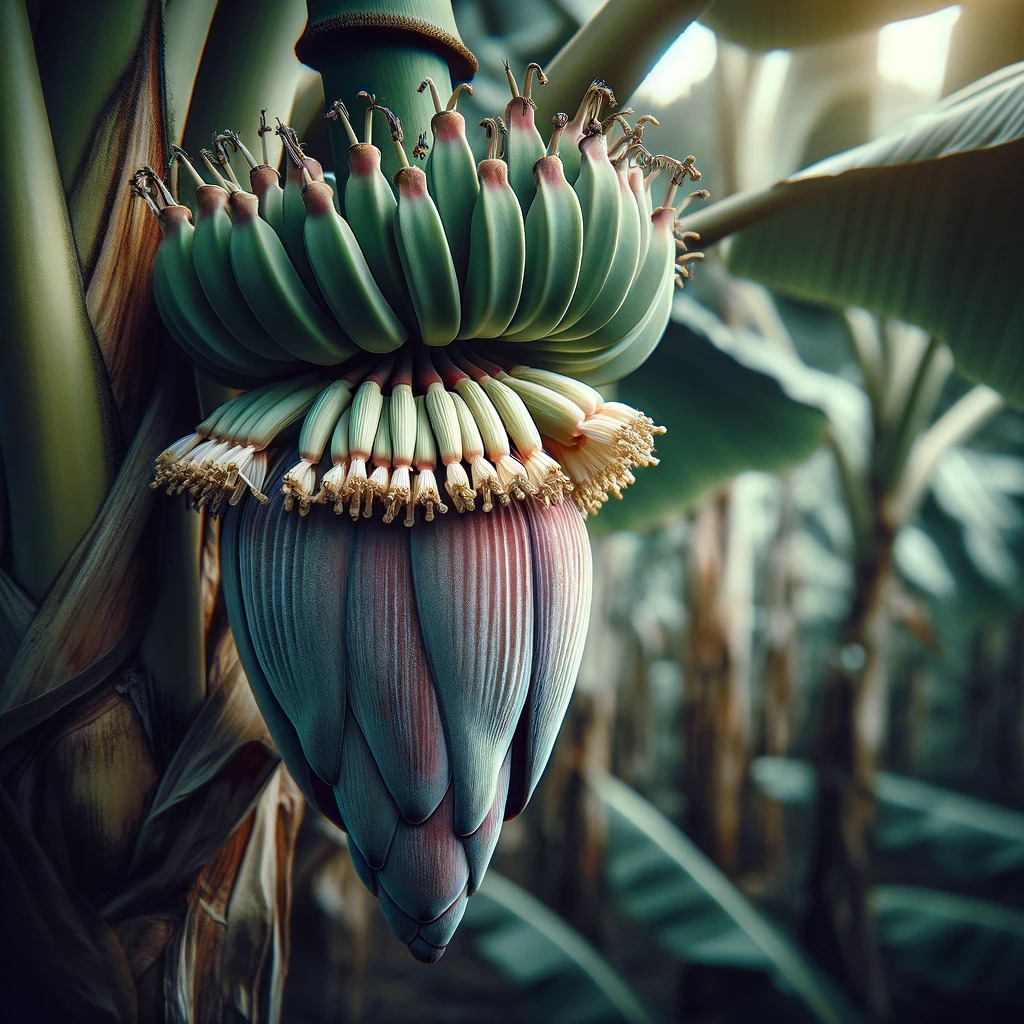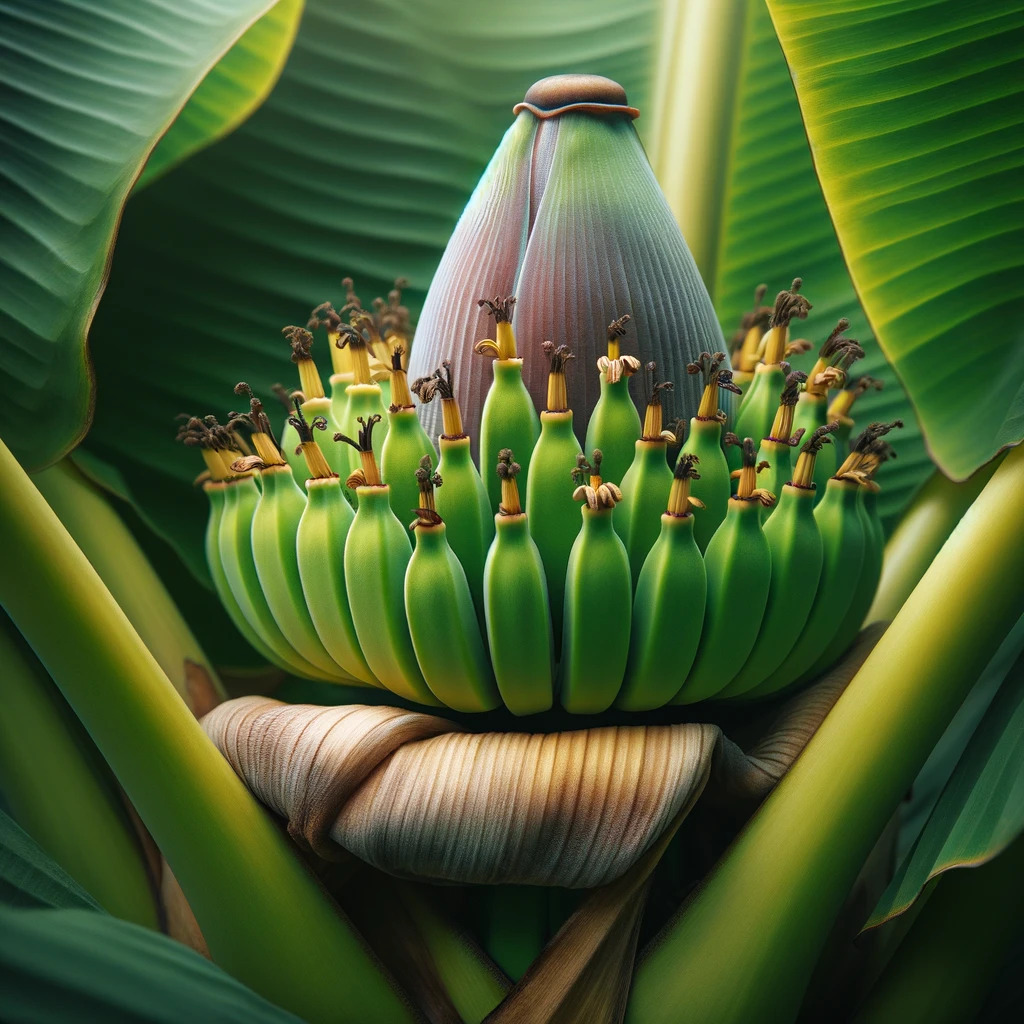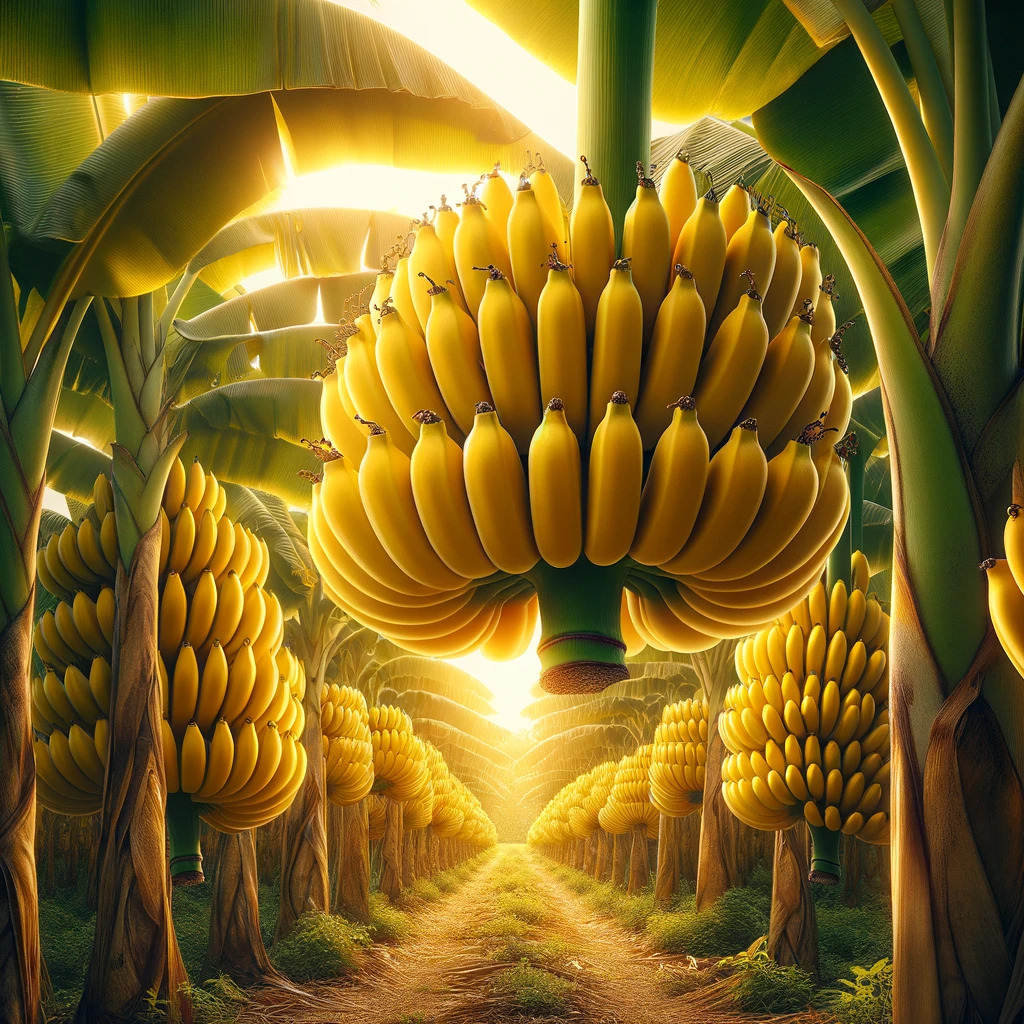
Banana is one of the most important crops in many regions of Latin America, both for its nutritional and economic value. Understanding its phenological stages and how to manage them efficiently is crucial for growers looking to improve the quality and quantity of their harvest. This article explores in detail each stage of banana cultivation, providing valuable technical information to optimize production.
Phenological Stages of Banana
Stage 1: Germination and Early Development
- Initiating the Cycle: Banana germination begins with the planting of shoots or suckers. It’s essential to select healthy and high-quality suckers to ensure a good start.
- Early Growth Phases: Suckers require well-draining and organic-rich soil. During this stage, it’s crucial to maintain a balance in watering and protect young plants from pests and diseases.

Stage 2: Vegetative Growth
- Leaf and Stem Development: During this phase, the banana plant rapidly develops its leaves and pseudostem. Proper nutrition, especially in nitrogen, phosphorus, and potassium, is vital for healthy growth.
- Crop Management: Regular weed and pest control, along with proper water management, are essential for optimal development.

Stage 3: Flowering and Fruiting
- Start of Flowering: The banana plant produces a unique inflorescence that will eventually lead to fruit. Monitoring pests and diseases is crucial at this stage.

- Fruit Development: After flowering, fruit development begins. Watering and nutrition must be carefully managed to ensure proper growth and fruit quality.

Stage 4: Ripening and Harvest
- < strong>Fruit Ripening: Banana ripening is a process that requires careful monitoring to determine the optimal harvest time, based on fruit size and color.
- Harvest and Post-Harvest Management: Harvesting must be done carefully to avoid fruit damage. Subsequently, bananas are stored and transported under conditions that preserve their quality.

Conclusion and Keywords
Proper management of each phenological stage in banana cultivation is essential to ensure successful production. Applying the correct practices can result in a significant improvement in the quality and quantity of the harvest.
 AgronoBlog – Agriculture Blog
AgronoBlog – Agriculture Blog